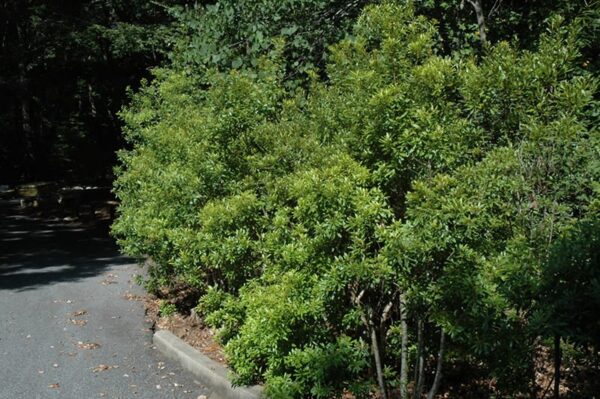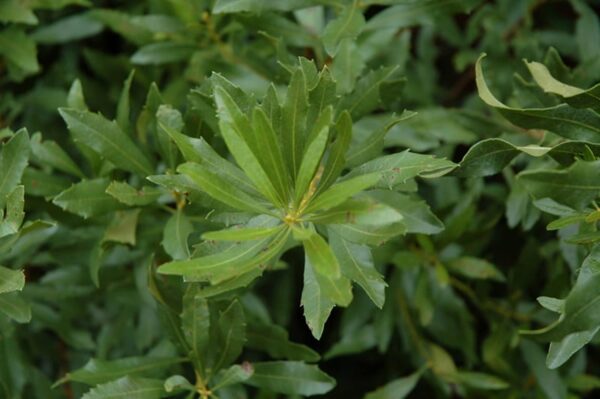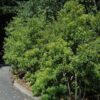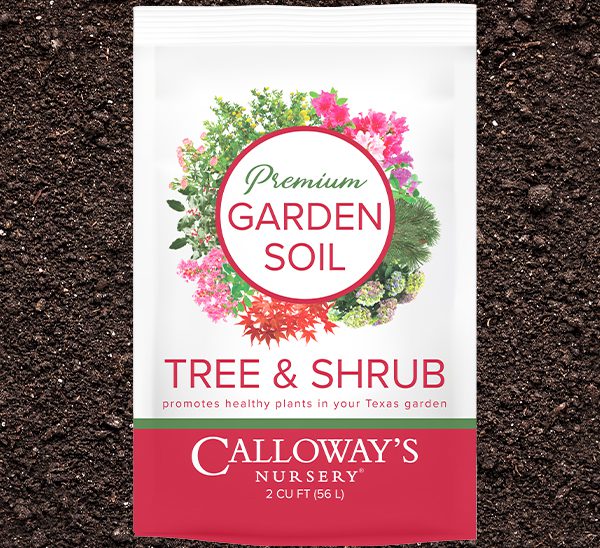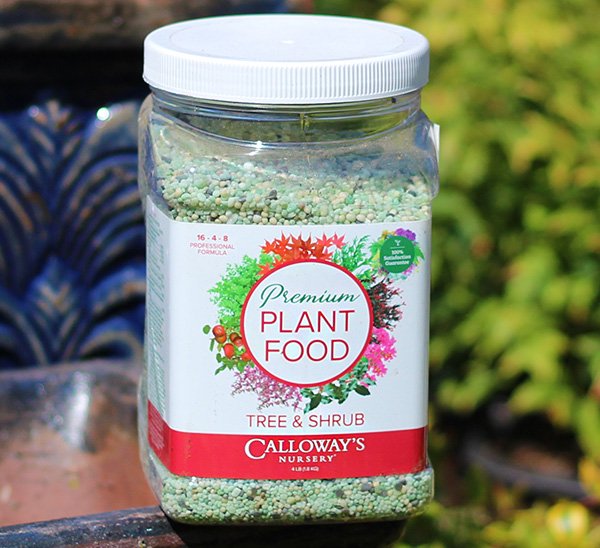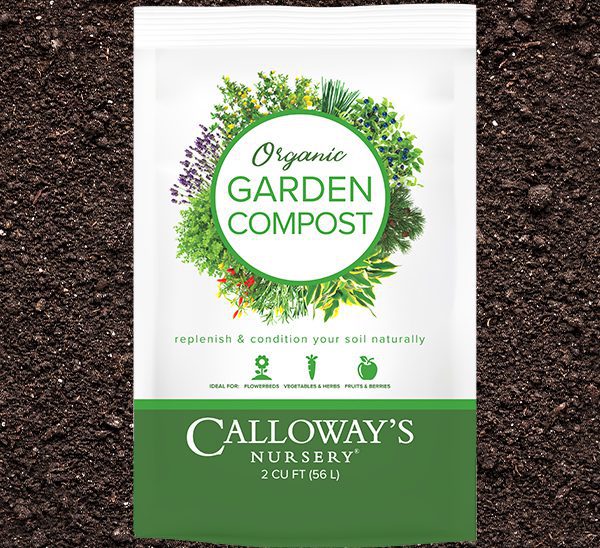Images provided by NetPS Plant Finder Tool
Southern Wax Myrtle
Select a male and female plant to produce the ornamental waxy-blue berries; the berries are a high energy food source for birds; tolerant of wet or dry, infertile soil; aromatic foliage repels insects; used to make candles; an overal great choice.
Please contact your local store for product availability.
Find a garden center near you.
Species: cerifera
Other Species Names: Southern Bayberry
Plant Height: 180 in.
Spread: 120 in.
Evergreen: Yes
Plant Form: round
Summer Foliage Color: gray green
Minimum Sunlight: full sun
Maximum Sunlight: full sun
Southern Wax Myrtle is primarily grown for its highly ornamental fruit. It features an abundance of magnificent blue berries from mid summer to mid fall. It features subtle chartreuse catkins along the branches from late winter to early spring. It has grayish green foliage. The fragrant narrow leaves remain grayish green throughout the winter.
Southern Wax Myrtle is a multi-stemmed evergreen tree with a more or less rounded form. Its average texture blends into the landscape, but can be balanced by one or two finer or coarser trees or shrubs for an effective composition.This tree will require occasional maintenance and upkeep, and may require the occasional pruning to look its best. It is a good choice for attracting birds, bees and butterflies to your yard. Gardeners should be aware of the following characteristic(s) that may warrant special consideration;SuckeringSouthern Wax Myrtle is recommended for the following landscape applications;AccentMass PlantingHedges/ScreeningGeneral Garden UseTopiaryBog Gardens
Southern Wax Myrtle will grow to be about 15 feet tall at maturity, with a spread of 10 feet. It has a low canopy, and is suitable for planting under power lines. It grows at a fast rate, and under ideal conditions can be expected to live for approximately 30 years.This tree should only be grown in full sunlight. It is quite adaptable, prefering to grow in average to wet conditions, and will even tolerate some standing water. It is not particular as to soil pH, but grows best in poor soils. It is somewhat tolerant of urban pollution. This species is native to parts of North America. It can be propagated by cuttings.
